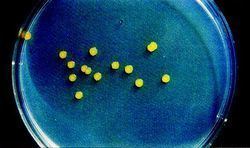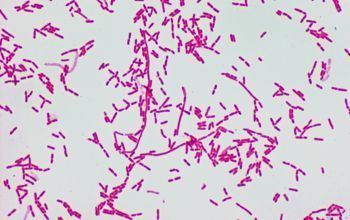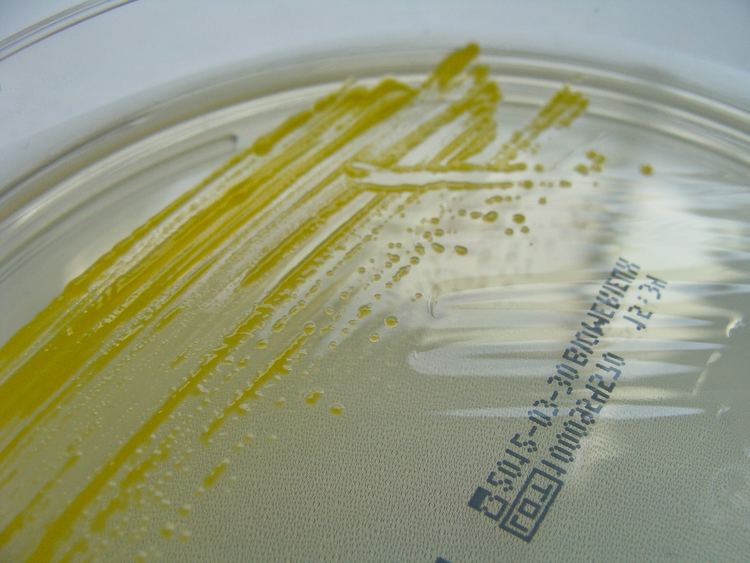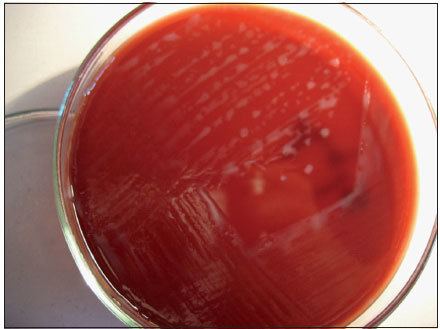Order Sphingomonadales Scientific name Sphingomonas Rank Genus | Phylum Proteobacteria Higher classification Sphingomonadaceae | |
 | ||
Similar Sphingomonas paucimobilis, Sphingobium, Novosphingobium, Sphingomonadaceae, Rhodococcus | ||
Medical vocabulary what does sphingomonas mean
Sphingomonas was defined in 1990 as a group of Gram-negative, rod-shaped, chemoheterotrophic, strictly aerobic bacteria. They possess ubiquinone 10 as their major respiratory quinone, contain glycosphingolipids (GSLs) instead of lipopolysaccharide (LPS) in their cell envelopes, and typically produce yellow-pigmented colonies.

By 2001, the genus included more than 20 species that were quite diverse in terms of their phylogenetic, ecological, and physiological properties. As a result, the Sphingomonas were subdivided into four genera: Sphingomonas, Sphingobium, Novosphingobium, Sphingosinicella, and Sphingopyxis. These genera are commonly referred to collectively as sphingomonads. The sphingomonads are widely distributed in nature, having been isolated from many different land and water habitats, as well as from plant root systems, clinical specimens, and other sources; this is due to their ability to survive in low concentrations of nutrients, as well as to metabolize a wide variety of carbon sources. Numerous strains have been isolated from environments contaminated with toxic compounds, where they display the ability to utilize the contaminants as nutrients.

Some of the sphingomonads (especially Sphingomonas paucimobilis) also play a role in human disease, primarily by causing a range of mostly nosocomial, non-life-threatening infections that typically are easily treated by antibiotic therapy.

Due to their biodegradative and biosynthetic capabilities, sphingomonads have been utilised for a wide range of biotechnological applications, from bioremediation of environmental contaminants to production of extracellular polymers such as sphingans (e.g., gellan, welan, and rhamsan) used extensively in the food and other industries. The shorter carbohydrate moiety of GSL compared to that of LPS results in the cell surface being more hydrophobic than that of other Gram-negative bacteria, probably accounting for both Sphingomonas' sensitivity to hydrophobic antibiotics and its ability to degrade hydrophobic polycyclic aromatic hydrocarbons. One strain, Sphingomonas sp. 2MPII, can degrade 2-methylphenanthrene. In May 2008, Daniel Burd, a 16-year-old Canadian, won the Canada-Wide Science Fair in Ottawa after discovering that Sphingomonas can degrade over 40% of the weight of plastic bags (Polyethylene) in less than three months.

A Sphingomonas sp. strain BSAR-1 expressing a high activity alkaline phosphatase (PhoK) has also been applied for bioprecipitation of uranium from alkaline solutions. The precipitation ability was enhanced by overexpressing PhoK protein in E. coli. This is the first report of bioprecipitation of uranium under alkaline conditions.

